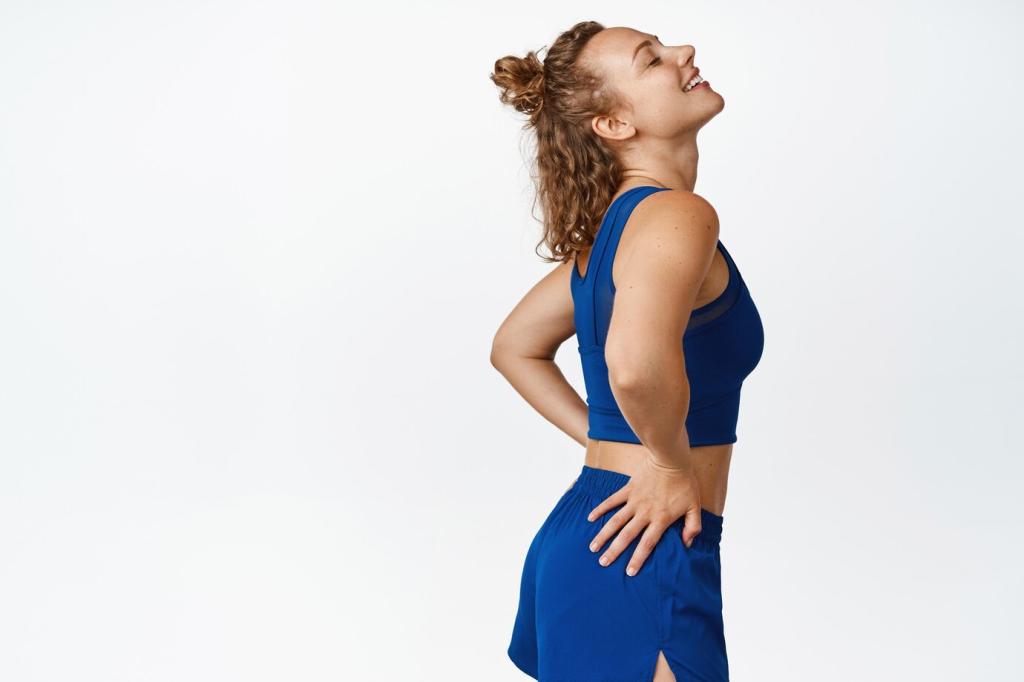Evidence-Based Stretching in Yoga
Static holds build tolerance and short-term range; active stretching builds control where it matters. Pair a passive forward fold with an active lift-off to teach ownership of new angles. Try this duo for two weeks and comment whether your standing fold feels steadier during everyday tasks.
Evidence-Based Stretching in Yoga
Proprioceptive neuromuscular facilitation—gentle contractions against resistance followed by relaxation—can boost range when used conservatively. Keep contractions submaximal, five to eight seconds, and avoid pain. Test contract–relax in supine hamstring work and share whether the release felt immediate or gradual during your next session.



